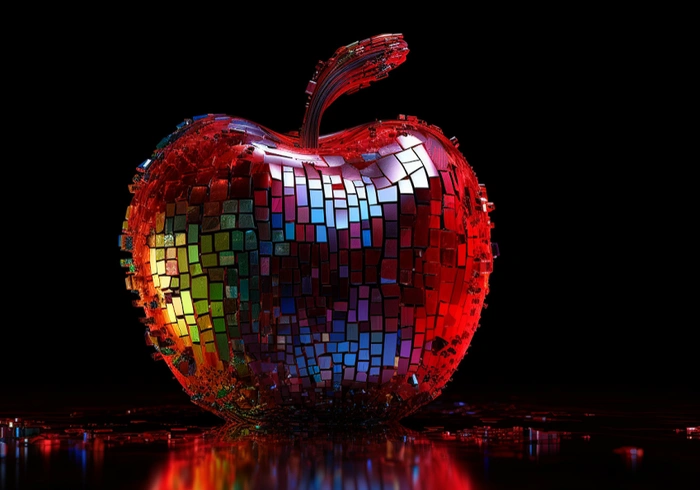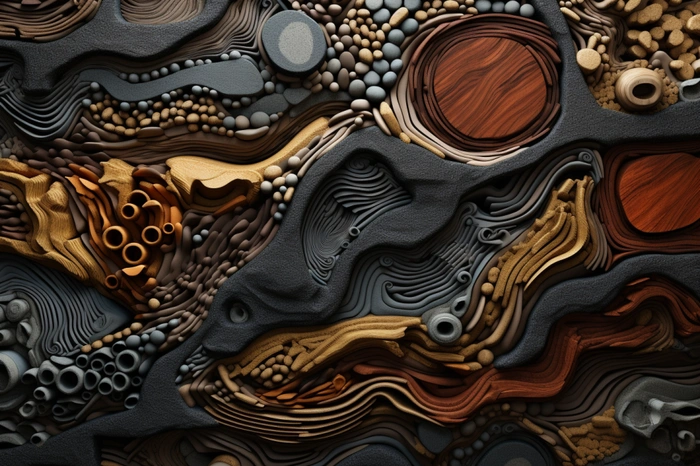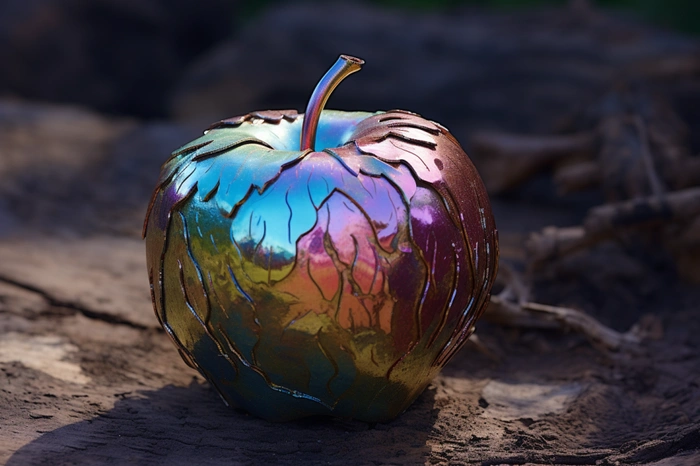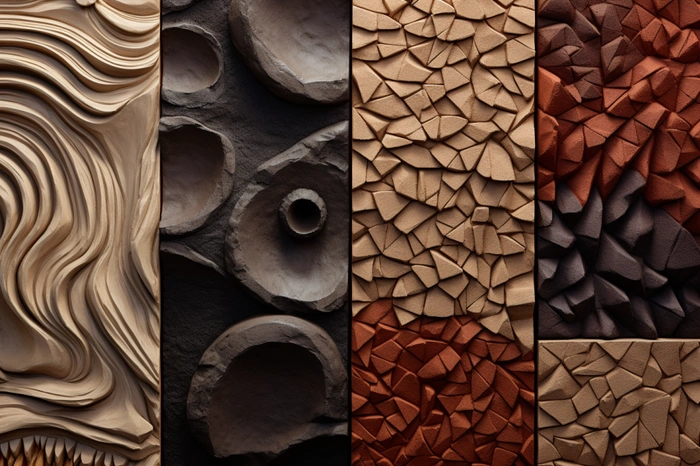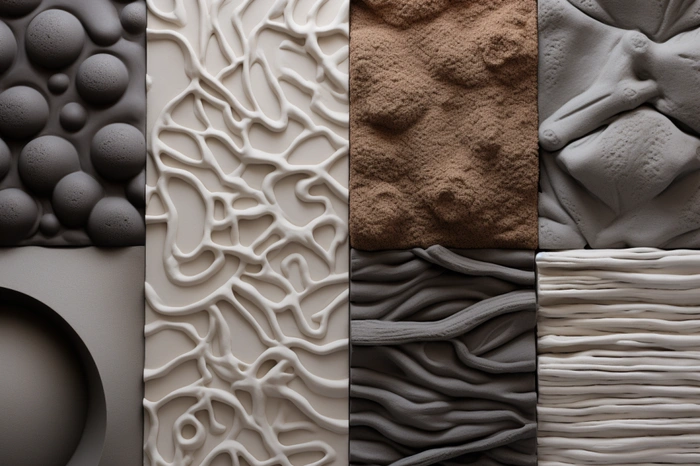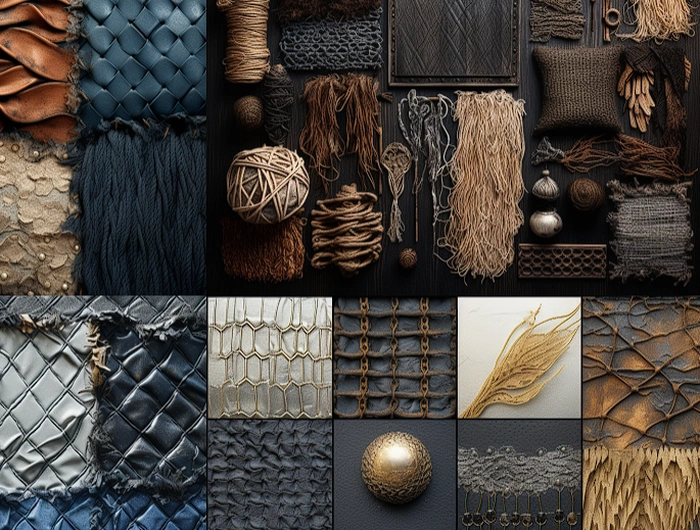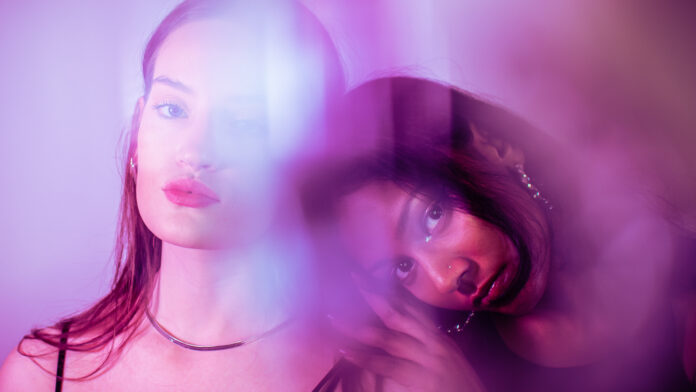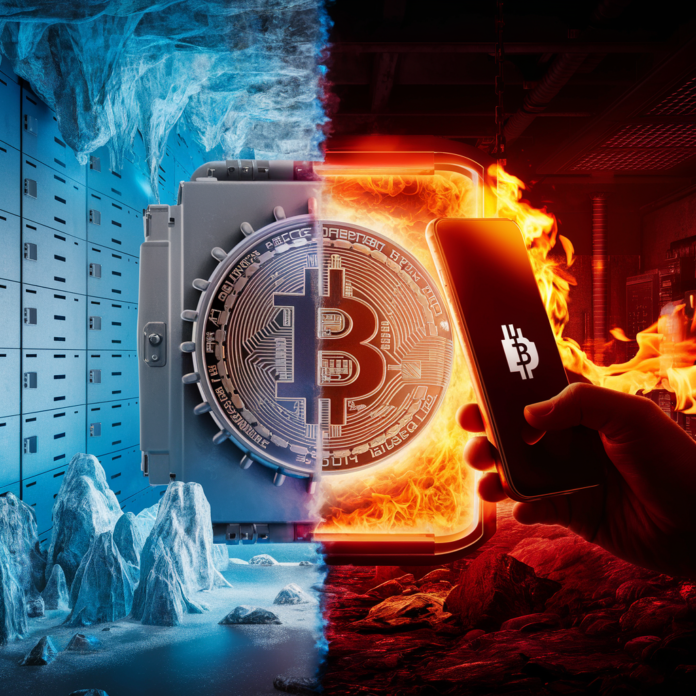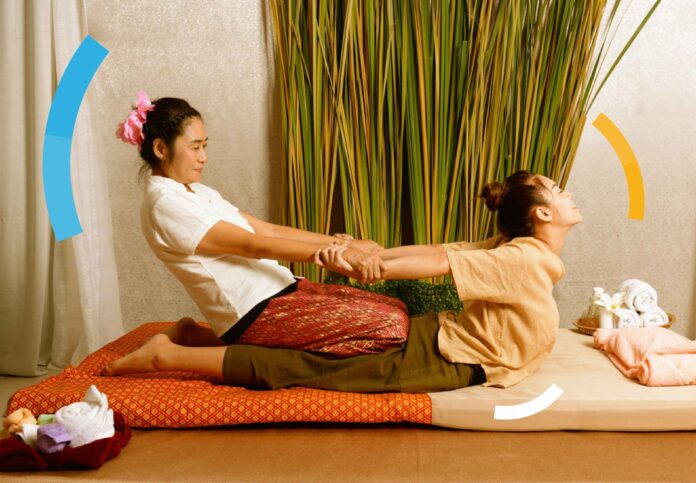If you would like to push your AI art generation creation abilities to the next level. It might be worth using this guide to investigate how you can use texture and material descriptions within your keyword prompts for Midjourney and other AI art models, to create some amazing effects and results in your artwork.
In the realm of digital artistry, the use of AI technologies is revolutionizing the way artists create and visualize their work. One such technology we will be focusing on in this guide is Midjourney. Enabling artists to generate images based on a variety of text prompts and parameters that can be combined in different ways to create a never-ending variation of results. This innovative AI tool is not only enhancing the creative process but also opening up a world of possibilities for artists to explore.
The Midjourney AI art generator offers a plethora of textures and materials to choose from, adding a new dimension of creativity to the images. From bark, basket weave, beaded, bubble wrap, burlap, cast iron, chalkboard, charred, chiseled stone, corded fabric, corduroy, cork, corrugated, cracked ice, crimped, crinkled, crocheted, crystal, curved, digital pixelation, distressed denim, dotted, driftwood, embossed leather, embroidered, etched glass, faux fur, felt, fishnet, fluffy, fringe, frosted, fuzzy, geometric tiles, gingham, glazed ceramic, glittering, glossy, grainy, gritty, hairy, hammered brass, hammered metal, holographic, honeycomb, iridescent, knitted, knurled, lattice, leather, marbleized, mesh, metallic, mossy, ostrich skin, painted wood, palm bark, parchment paper, pebble dash, perforated, pitted, pleated, plush, plush velvet, pocked concrete, polished, polished stone, porcelain, porous, prickly, pristine glass, pumice, quilted, raffia, ribbed, rippled, ruffled, satin, seersucker, shaggy, slab concrete, slimy, sparkling, spongy, steel mesh, striated, stringy, striped, studded leather, textured linen, tiled, transparent, tufted, waffle knit, wavy, weathered wood, webbed, wicker, woolen, zigzagged, the options are virtually limitless.
Using texture and material words in Midjourney prompts
The guide kindly created by AI master artist Thaeyne provides a comprehensive visual representation of what you can expect from material and texture words used in Midjourney prompts. Offering an opportunity for you to replicate an experiment with the results using the same prompt for your own creations.
Interestingly, within Midjourney, it was observed that words for texture or materials tend to produce more photorealistic images. This discovery further underscores the potential of AI in enhancing the realism and depth of digital art.
Experimenting with text prompts that include descriptions of textures and materials when using AI art generation models like Midjourney or similar models can be advantageous for several reasons:
1. Richness of Variation:
Descriptive prompts that include texture and material descriptors can drastically amplify the diversity of visual outputs. Here’s why:
- Palette of Possibilities: While a general prompt might restrict the model to common interpretations, detailed descriptors expand the palette of possibilities. For instance, “wooden surface” could be interpreted as polished oak, weathered pine, or even bamboo, each with distinct visual characteristics.
- Layered Interpretations: Materials and textures often come with associated colors, patterns, and even emotional responses. By specifying a texture or material, you’re essentially guiding the AI through layers of interpretation, leading to a richer artwork.
2. Fine-tuning Creative Control:
With detailed prompts, users can shape the output to match their vision more closely:
- Precision in Visualization: Textures and materials come with inherent properties. Describing them lets users dictate not just what they want to see, but also how they want it to feel. For example, “silk” might evoke smooth, lustrous visuals, while “sandpaper” suggests rough, matte surfaces.
- Narrative Depth: Detailed prompts can also imbue the artwork with a narrative depth. “A forest” is a location, but “a forest with moss-covered trees and dew-kissed leaves” tells a story.
3. Exploration of the Model’s Capabilities:
Textures and materials can be a litmus test for an AI model’s capabilities:
- Interpretative Range: By feeding a variety of texture and material descriptions, users can gauge the model’s range of interpretative abilities. Does it recognize and render “mermaid scales” differently from “dragon scales”?
- Fidelity of Translation: Understanding how accurately and creatively the model translates text to visual is crucial. For instance, how does it differentiate between “velvet” and “satin”?
4. Unexpected Results and Serendipity:
AI models, with their vast training data, can surprise users:
- Novel Combinations: A prompt like “marble with a hint of jellyfish texture” might yield an artwork that combines the solidity of stone with the translucence and flow of a jellyfish, a combination a human might not naturally consider.
- Break from Convention: Unlike humans, who often adhere to established artistic conventions, AI models can break free from such norms, leading to avant-garde outputs.
5. Enhanced Engagement:
Detailed prompts transform AI art generation from a passive activity to an interactive journey:
- Iterative Process: Users can start with a basic prompt, refine it based on the output, and iterate. This back-and-forth can be a rewarding creative process.
- Personalized Challenge: Users can challenge the model and themselves, playing with descriptors to find the perfect blend for their desired artwork.
Other articles you may find of interest on the subject of Midjourney and AI art creation :
6. Educational Value:
Beyond art generation, there’s a learning opportunity:
- Linguistic Influence: Users can understand how different adjectives, nouns, or even adverbs alter the artwork, giving insights into the nuanced relationship between language and visual representation.
- Model Behavior Insights: By experimenting, users can also deduce certain behaviors or biases of the model, enhancing their understanding of AI workings.
7. Commercial and Professional Applications:
In a commercial setting, AI art generation can be a game-changer:
- Rapid Prototyping: Designers can visualize various textures and materials quickly before finalizing a design. Imagine an interior designer generating visuals of “granite countertops with copper streaks” to see if it matches a client’s vision.
- Trend Exploration: Fashion designers can experiment with descriptions of new materials or patterns to explore potential trends, like “fabric with a lunar sheen” or “leather with coral textures”.
Incorporating texture and material descriptions in text prompts when using AI art generation models not only enhances the quality and specificity of the generated art but also provides a deeper understanding and appreciation of the AI’s capabilities. Have fun experimenting with your favorite AI model using the materials and textures mentioned by Thaeyne or others more specific to your creative needs.
Filed Under: Guides, Top News
Latest Aboutworldnews Deals
Disclosure: Some of our articles include affiliate links. If you buy something through one of these links, Aboutworldnews may earn an affiliate commission. Learn about our Disclosure Policy.

